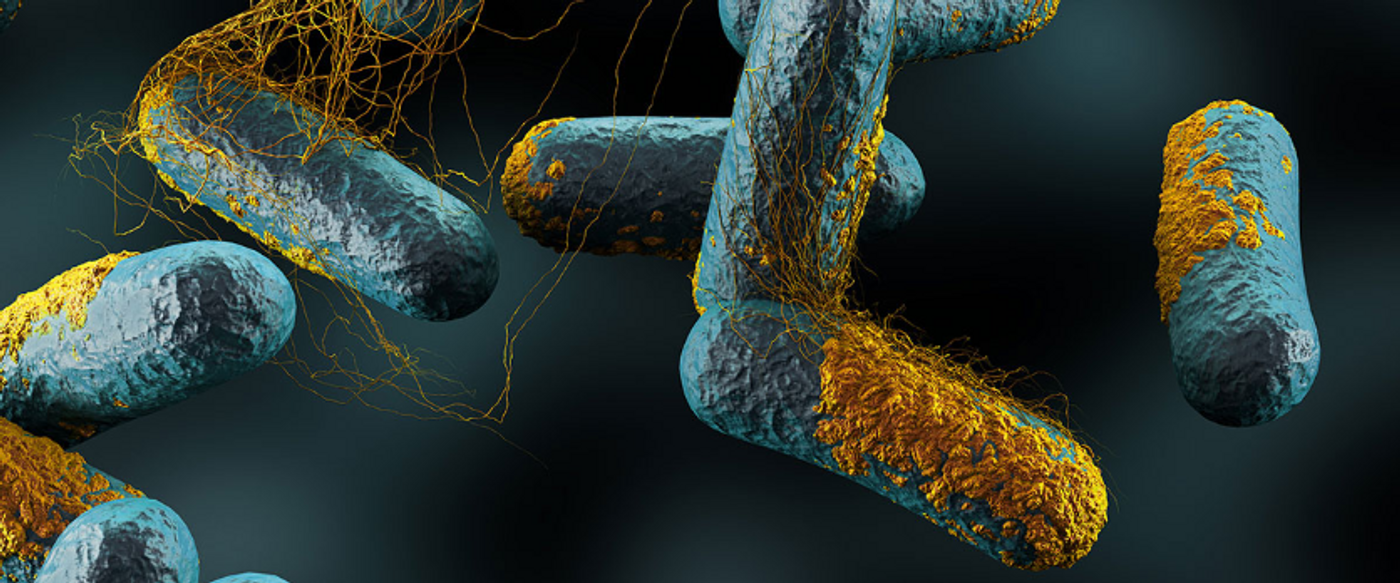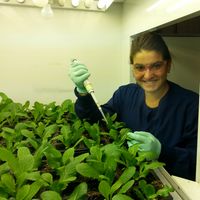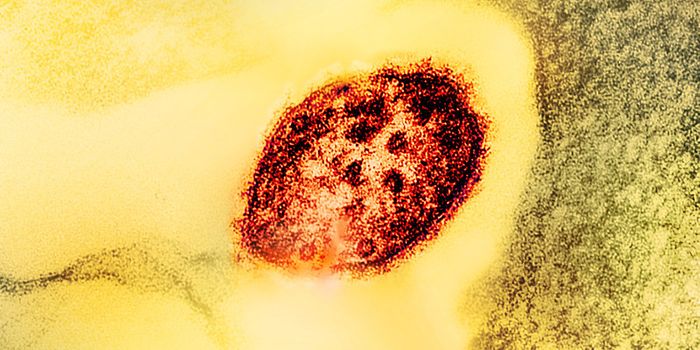Microbial Life After Death
The thenatomicrobiome refers to the microbial community existing on or in an animal or human host after it dies. Better understanding the thenatomicrobiome could have direct applications in forensic science. For example, a better understanding of the cadaveric ecosystem could lead to better estimations of time of death for bodies that have been buried in hidden graves.
The Postmortem Clostridium Effect (PCE) is a new scientific concept that refers to the influx of Clostridium species during human decomposition. Credit: PeerScientist
There is still very little known about the human decay process however; the emergence and reduced cost of next generation sequencing techniques have allowed researchers to study the decomposition process in new ways. The human decomposition process is a multifactorial process mediated by microbes.
Clostridium species are one of the most abundant species found in the thenatomicrobiome. In living humans, Clostridium species are commonly found in in healthy intestines. They are strict anaerobes - meaning they cannot grow in the presence of oxygen, and are gram positive sporeformers – which means they are particularly durable and can survive for long periods of time in harsh environments.
Scientists from Alabama State University used whole genome sequencing to describe the microbial diversity of the thenatomicrobiome in postmortem human bodies. Postmortem organ samples were collected from 28 male and 17 female corpses from the Alabama Department of Forensic Sciences in Montgomery, AL. Researchers collected other demographic data from cadavers including the nature of death and the certified time of death. Liver and spleen organ tissues were harvested for DNA extraction to examine the diversity of microbial species in the thenatomicrobiome.
Scientists compared the sequences of bacteria from the livers and spleens of the 45 cadavers. Of the 9 hypervariable regions located on 16S ribosomal RNA gene, scientists specifically compared the sequences of the V4 hypervariable region and the V3-4 conjoined hypervariable region. They found that the highest percentage of bacteria belonged to the order Clostridiales with the top 7 species belonging to the Clostridium species. In liver and spleen samples, 95% contained Clostridium species and 6 of the 7 samples that did not contain Clostridium species were from the V3-4 hypervariable region. They concluded that species “richness” was proportionally higher with sequencing results from V4 regions compared to results from V3-4 regions. Significant differences in microbial diversity were also observed for other cadaver qualities including gender, manner of death and season of death.
The authors of this study suggest that this work, along with other recently published research, defines a new concept known as the “Postmortem Clostridium Effect” (PCE). PCE refers to the facultative anaerobic Clostridium species that are abundant during human decomposition. For example in this study, Clostridium perfringens was able to double its population in as little as 7.4 minutes at optimal temperatures. There are a variety of host-microbe factors that support the efficient growth and functioning of the PCE within decaying material and much more research needs to be done to better understand this process.
The authors of this study suggest that the creation of a Human Postmortem Microbiome Project (HPMP) will help facilitate the development of a program that will encourage the generation of data from national and international laboratories regarding the thenatomicrobiome. Research coming from the HPMP will provide the scientific community with a better ability to study and understand “microbial life after death”.
Source: Frontiers in Microbiology, The Guardian









